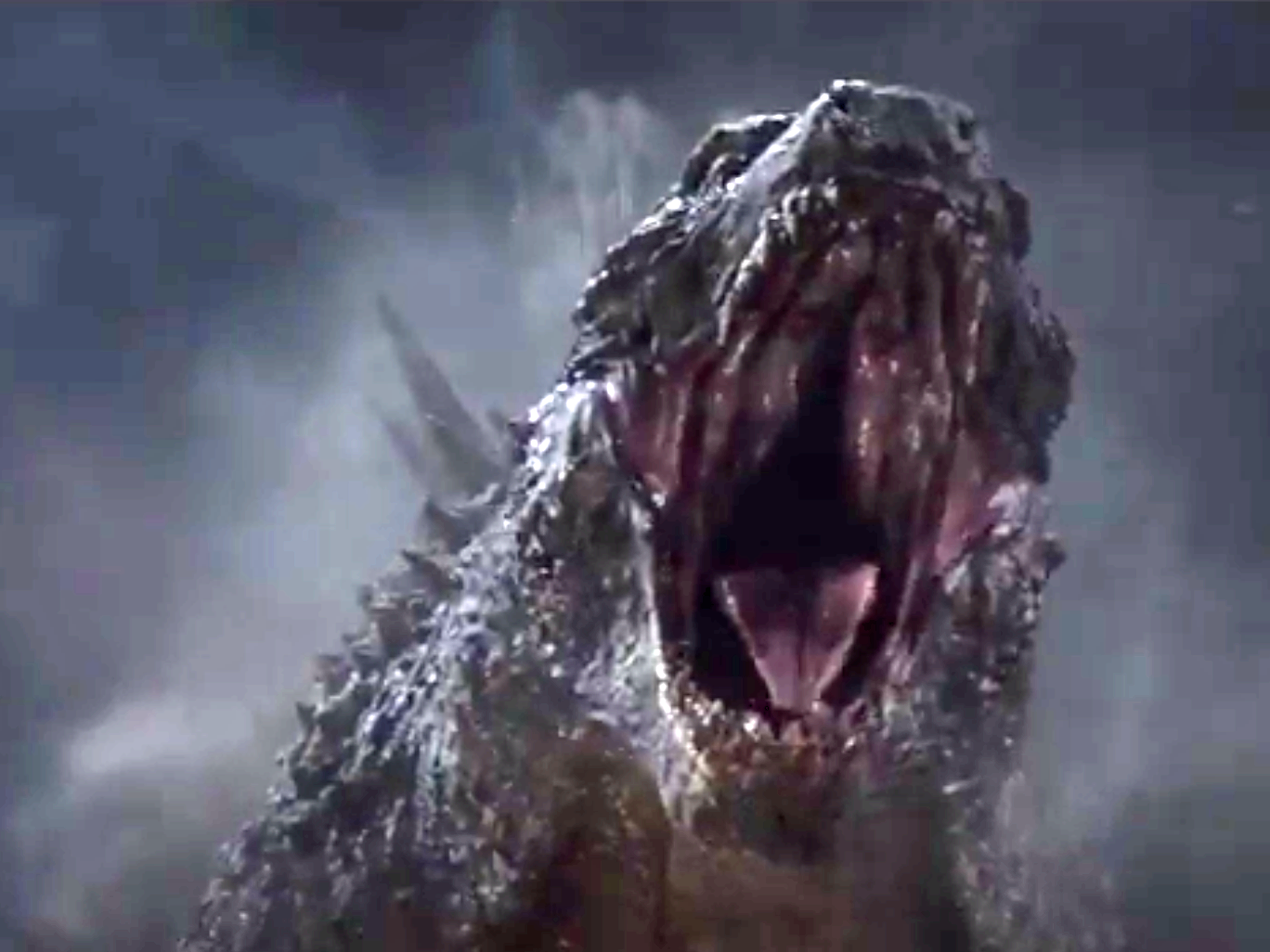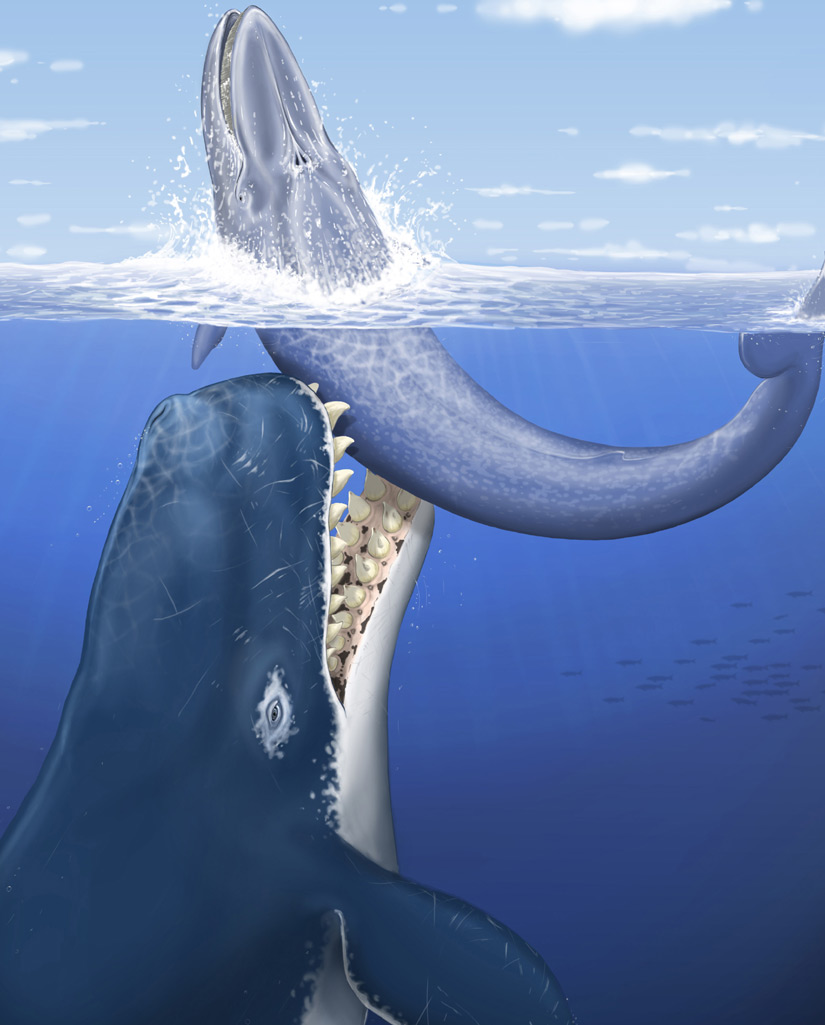More “news of the weird” today comes from the paleontology world. A fully preserved female mammoth was discovered by Russian scientists in Siberia recently. The specimen was complete with good quality muscle tissue and actual blood that still flowed freely from the mummified corpse. This discovery furthers the concept of one day cloning a mammoth or other prehistoric species. Of course, I beg the question again: haven’t people seen Jurassic Park?
The female mammoth, now named Lyuba, was found beneath the ice on the Lyakhovsky Islands, the southernmost group of the New Siberian Islands in the Arctic seas of northeastern Russia. The blood was found pooled in the ice cavities located just below the belly of the beast. The unusual fact about this blood is that even at a temperature of 10C below zero the fluid flowed freely when the cavities were punctured with a poll pick.
“It can be assumed that the blood of mammoths had some cryo-protective properties,” said Semyon Grigoriev, head of the Museum of Mammoths of the Institute of Applied Ecology of the North at the North Eastern Federal University as cited by Interfax news agency.
A bacteriological analysis is currently being conducted on the blood sample. It has also been reported that the muscle tissue was so well-preserved that it had the consistency and appearance of fresh red meat. This is due to the fact that the lower half of the animal was trapped beneath pure ice. Scientists estimate the age of the mammoth, which lived approximately 10,000 to 15,000 years ago, to have been between 50 and 60 at the time of its death.
Results from the bacteriological analysis are expected back in late July.

 No, it’s not a movie on the SyFy channel (not yet, anyway). A paleontologist has found the fossil remains of a 300 million year old shark in New Mexico that looks enough like Godzilla, that they’ve named the thing after the iconic movie monster. Isn’t this how at least one of the Godzilla movies began?
No, it’s not a movie on the SyFy channel (not yet, anyway). A paleontologist has found the fossil remains of a 300 million year old shark in New Mexico that looks enough like Godzilla, that they’ve named the thing after the iconic movie monster. Isn’t this how at least one of the Godzilla movies began?
 No, it’s not a movie on the SyFy channel (not yet, anyway). A paleontologist has found the fossil remains of a 300 million year old shark in New Mexico that looks enough like Godzilla, that they’ve named the thing after the iconic movie monster. Isn’t this how at least one of the Godzilla movies began?
No, it’s not a movie on the SyFy channel (not yet, anyway). A paleontologist has found the fossil remains of a 300 million year old shark in New Mexico that looks enough like Godzilla, that they’ve named the thing after the iconic movie monster. Isn’t this how at least one of the Godzilla movies began?






